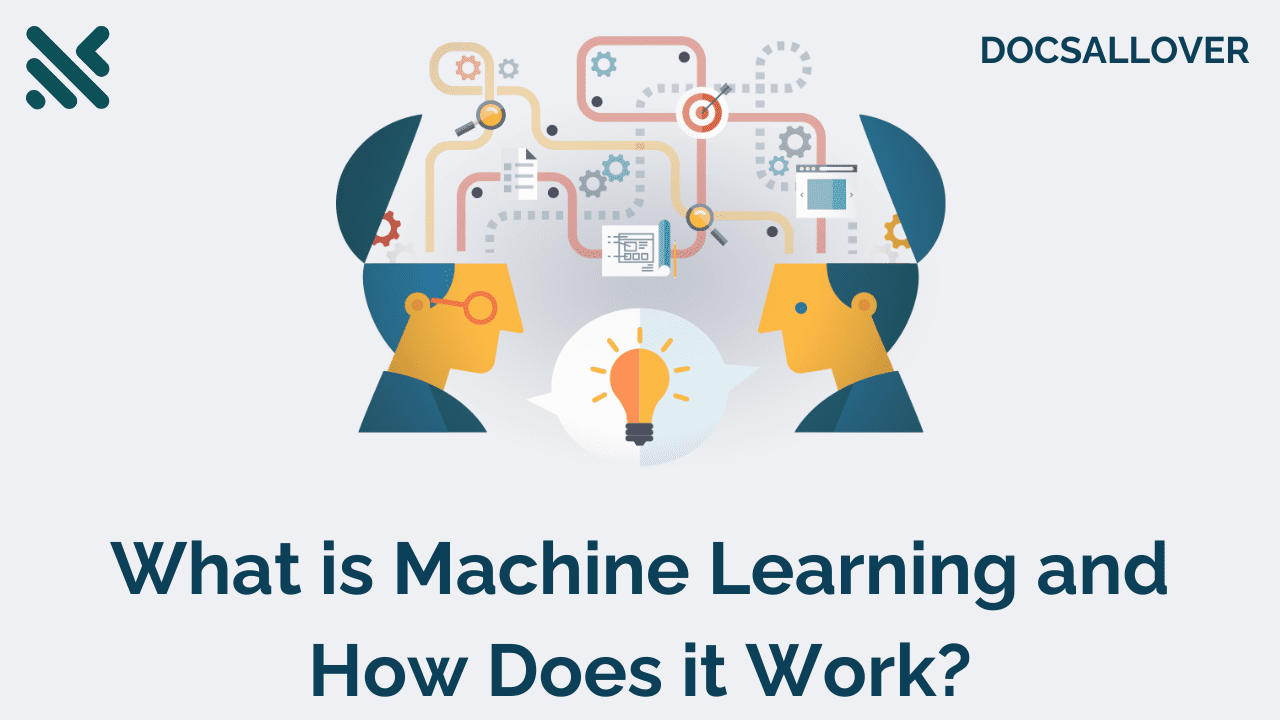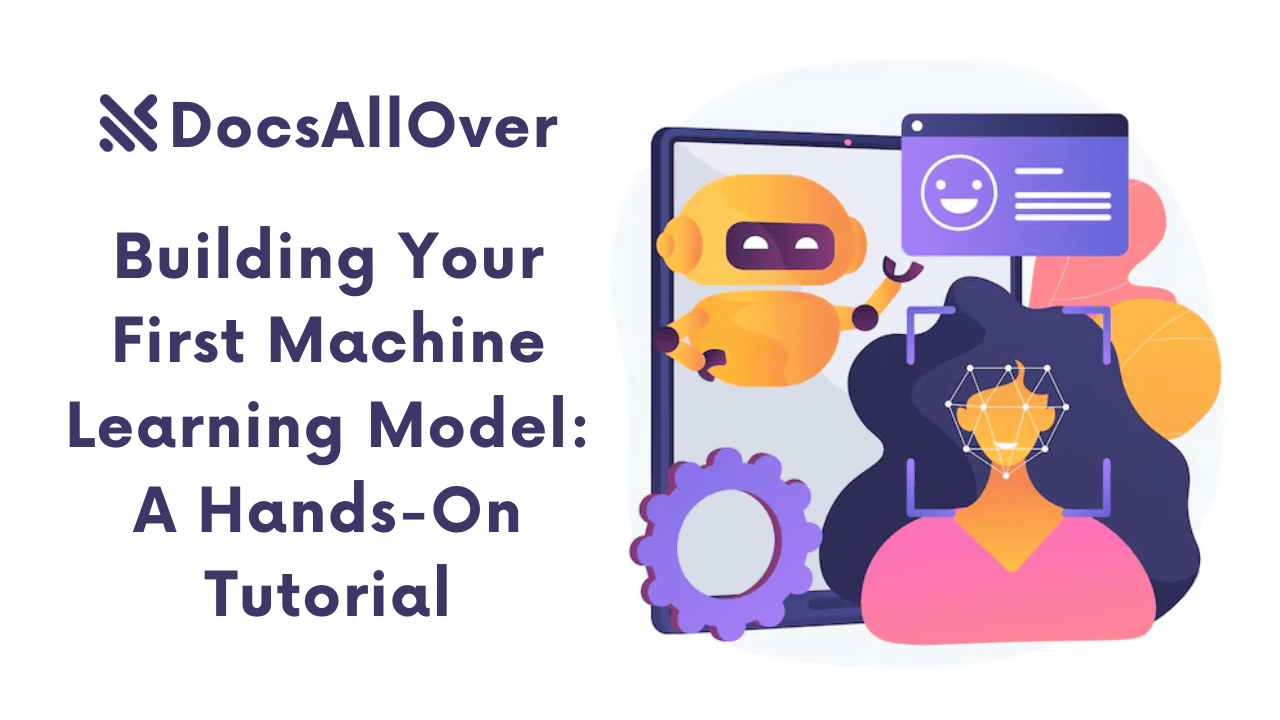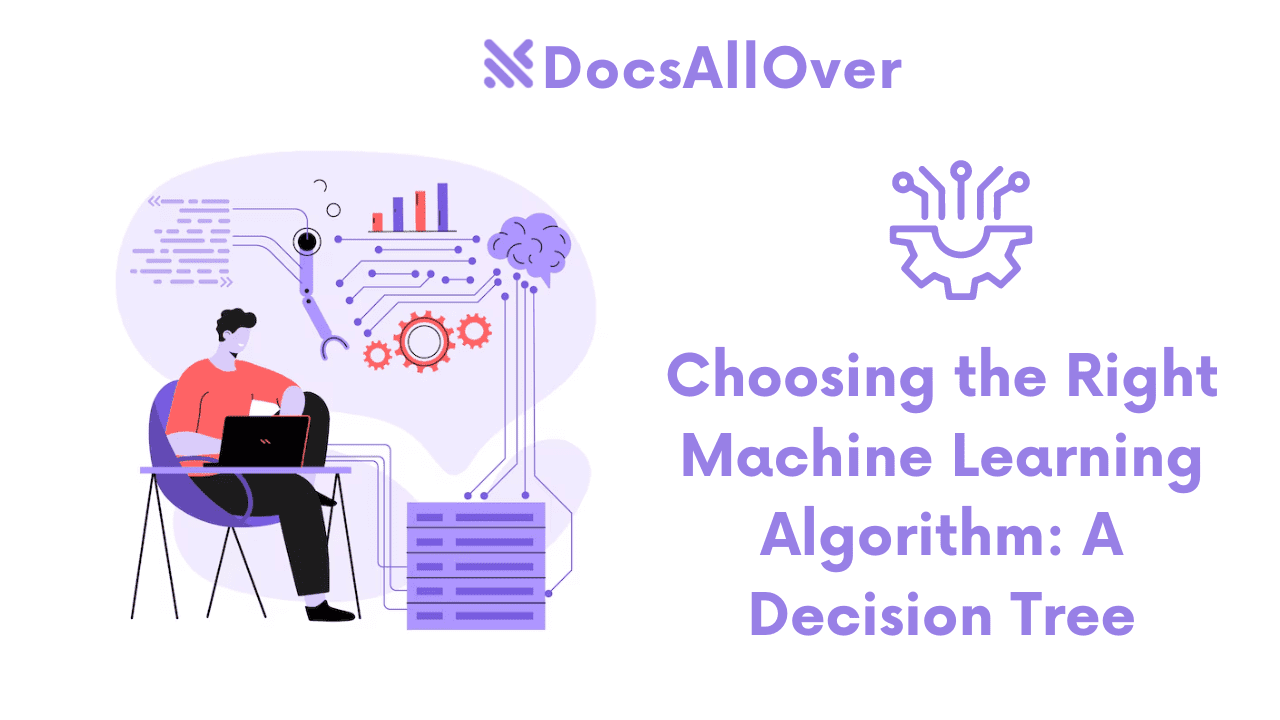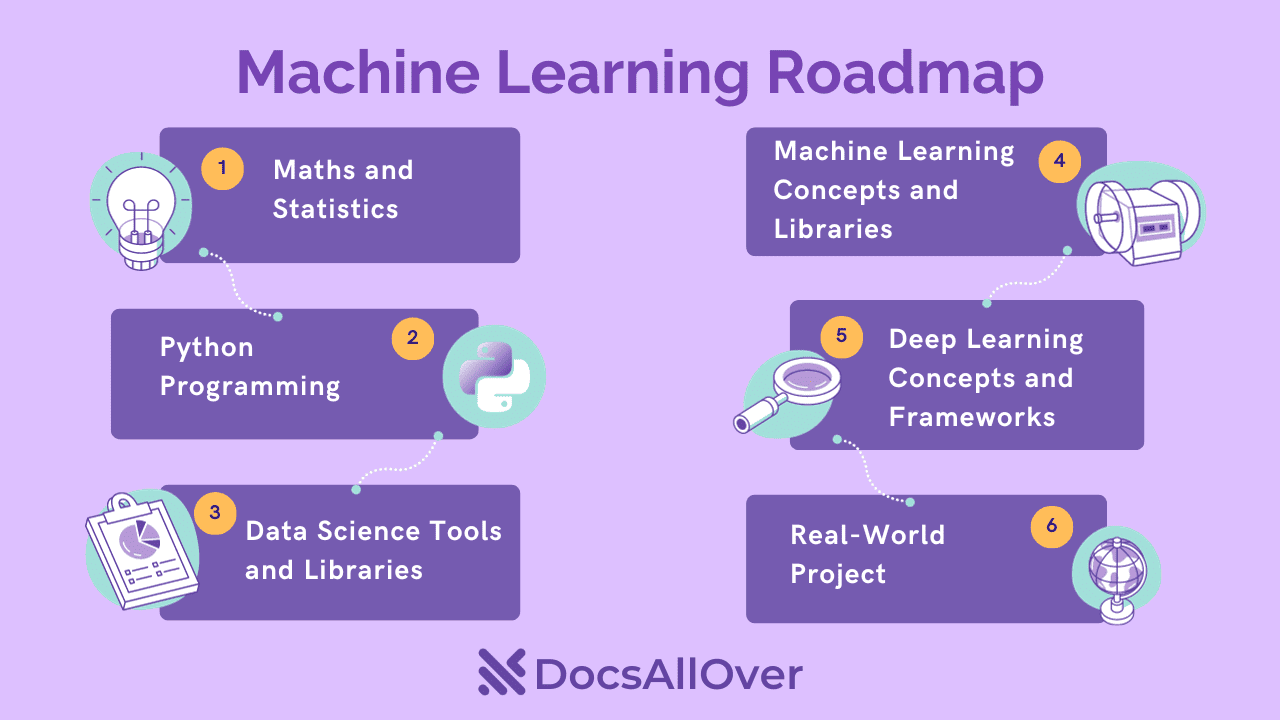What is Machine Learning and How Does it Work?

Machine learning is a type of artificial intelligence (AI) that allows computers to learn without being explicitly programmed. Machine learning algorithms are trained on data, and they can then use that data to make predictions or decisions.
There are many different types of machine learning algorithms, but they all work in a similar way. First, the algorithm is given a set of data. This data can be anything from images to text to financial data. The algorithm then looks for patterns in the data. Once it has found patterns, it can use those patterns to make predictions about new data.
For example, a machine learning algorithm could be trained on a set of images of cats and dogs. The algorithm would then be able to look for patterns in the images, such as the shape of the eyes or the length of the tail. Once it has found these patterns, it could use them to predict whether a new image is a cat or a dog.

Image Source: Mathworks
Machine learning is a powerful tool that can be used to solve a wide variety of problems. Some of the most common applications of machine learning include:
- Image recognition: Machine learning can be used to identify objects in images. This is used in a variety of applications, such as facial recognition, self-driving cars, and medical image analysis.
- Natural language processing: Machine learning can be used to understand and process human language. This is used in a variety of applications, such as spam filtering, machine translation, and question answering.
- Speech recognition: Machine learning can be used to recognize human speech. This is used in a variety of applications, such as voice assistants, transcription services, and dictation software.
- Fraud detection: Machine learning can be used to detect fraudulent activity. This is used in a variety of applications, such as credit card fraud detection and insurance fraud detection.
- Recommendation systems: Machine learning can be used to recommend products or services to users. This is used in a variety of applications, such as online shopping, streaming media, and social media.
How Does Machine Learning Work?
Machine learning algorithms work by finding patterns in data. This is done through a process called training. During training, the algorithm is given a set of data that includes the desired output. For example, if the algorithm is being trained to recognize cats and dogs, the training data would include images of cats and dogs, along with the label "cat" or "dog" for each image.
The algorithm then uses the training data to find patterns that can be used to predict the desired output. This is done through a process called optimization. The algorithm tries different combinations of parameters until it finds a combination that minimizes the error rate.
Once the algorithm is trained, it can be used to make predictions on new data. The algorithm will use the patterns it found in the training data to predict the output for the new data.
Examples of Machine Learning
Here are some examples of machine learning in action:- Netflix uses machine learning to recommend movies and TV shows to its users. The algorithm looks at the user's viewing history and other factors to recommend content that the user is likely to enjoy.
- Amazon uses machine learning to suggest products to its users. The algorithm looks at the user's purchase history and other factors to recommend products that the user might be interested in.
- Google uses machine learning to filter spam emails. The algorithm looks for patterns in emails to identify spam.
- Facebook uses machine learning to detect fake news. The algorithm looks for patterns in news articles to identify articles that are likely to be false.
- Self-driving cars use machine learning to navigate the road. The algorithm looks at the surrounding environment and uses the patterns it finds to determine the best course of action.
These are just a few examples of the many ways that machine learning is being used today. As machine learning technology continues to improve, we can expect to see even more applications of this powerful technology in the future.
The Future of Machine Learning
Machine learning is a powerful tool that can be used to solve a wide variety of problems. It is already being used to improve our lives in many ways, and it is only going to become more powerful and sophisticated in the years to come.
Here are some of the ways that machine learning is being used today:
- Healthcare: Machine learning is being used to develop new medical treatments, diagnose diseases, and personalize care. For example, machine learning algorithms are being used to analyze medical images to identify cancer cells.
- Finance: Machine learning is being used to predict financial markets, detect fraud, and personalize investment portfolios. For example, machine learning algorithms are being used to analyze trading data to identify patterns that can be used to predict future prices.
- Manufacturing: Machine learning is being used to improve the efficiency of manufacturing processes, optimize production schedules, and predict equipment failures. For example, machine learning algorithms are being used to analyze sensor data to identify potential problems with machinery.
- Transportation: Machine learning is being used to develop self-driving cars, optimize traffic flow, and improve safety. For example, machine learning algorithms are being used to analyze video footage to detect pedestrians and other obstacles.
- Retail: Machine learning is being used to personalize shopping experiences, recommend products, and fight fraud. For example, machine learning algorithms are being used to analyze customer data to identify products that are likely to be of interest to them.
These are just a few of the many ways that machine learning is being used today. As machine learning technology continues to improve, we can expect to see even more applications of this powerful technology in the years to come.
The future of machine learning is very bright. Machine learning has the potential to solve some of the world's most pressing problems, such as climate change, poverty, and disease. It is an exciting time to be involved in this field, and I am confident that machine learning will continue to change the world for the better.
Ethical Considerations
As machine learning becomes more powerful, it is important to consider the ethical implications of its use. For example, machine learning algorithms could be used to discriminate against certain groups of people, or they could be used to create deepfakes that could be used to spread misinformation.
It is important to develop ethical guidelines for the use of machine learning. These guidelines should ensure that machine learning is used in a way that is fair, transparent, and accountable.
There are many potential applications of machine learning that have not yet been explored. For example, machine learning could be used to develop new medical treatments, create more efficient energy systems, or even improve our understanding of the universe.










